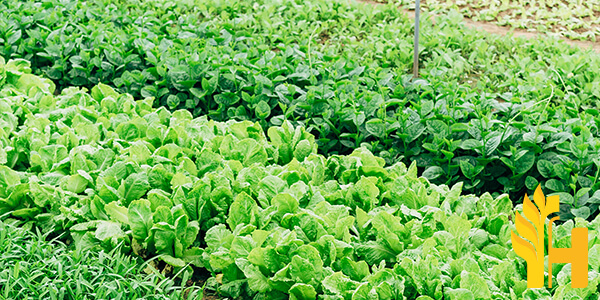Leafy Greens price

Where to buy and sell Leafy Greens, lowest (cheapest) and highest price.
check offers buy sell Leafy GreensToday price for Leafy GreensLeafy Greens
Green leafy vegetables are one of the healthiest things that can be consumed by humans. They are loaded with vitamins, minerals, and other nutrients that contribute to good health. Along with eating green leafy vegetables raw, you may choose to cook them. However, cooking these greens will cause them to lose some of their nutritional value. These include vitamins A, C, E, K, B6, thiamin, riboflavin, folate, calcium, iron, and magnesium. Many people eat green leafy vegetables raw because they taste good and are convenient to prepare. For example, chard leaves do not need to be chopped before eating. They can simply be rinsed off in cool water and Leafy greens are a good source of dietary fiber. Dietary fiber has been proven to aid in weight loss and lower cholesterol, so individuals who eat leafy green vegetables have a reduced risk for cardiovascular disease. Greens such as collard greens contain protein and calcium. Collard greens have the ability to lower the risk of breast cancer, prostate cancer, and coronary heart disease. A person who eats a lot of greens has a lower risk for developing diabetes and obesity. A diet high in leafy green vegetables can also support strong bones and teeth as well as aid in digestion and waste elimination due to the high fiber content found within these vegetables. If one eats leafy green vegetables on a daily basis, they will have a decreased risk of many diseases such as anemia or cancer due to the antioxidants contained within these green veggies. Leafy greens are good for the brain and nervous system. They can help improve memory and cognitive function, while also protecting the brain from damage due to oxidation. The health benefits of leafy greens include their high nutrient content and antioxidants. They also contain several essential vitamins and minerals, such as potassium, iron, calcium, folate, niacin (vitamin B3), and beta-carotene (a form of vitamin A). Leafy greens may aid in weight management; prevent disorders like osteoporosis (a bone disease), hypertension (high blood pressure), Alzheimer's disease, arthritis, and cancer; lower cholesterol; reduce allergies; promote heart health; and ease constipation. Furthermore, leafy greens help promote eye health, hair growth, healthy baby development, liver function, kidney function, nerve function, muscle tone and strength by serving as a rich source of essential vitamins and minerals.Global leafy greens production
Leafy greens are a type of vegetable that includes lettuce, spinach, chard, and kale. They are a good source of vitamins A, C, and K, as well as minerals like iron and magnesium. Leafy greens are low in calories but high in fiber, making them an excellent food for weight loss or management. According to the Food and Agriculture Organization of the United Nations, global production of leafy greens was estimated at 26.9 million metric tons in 2016. The top producing countries of leafy greens include China, the United States, and India. Leafy greens are versatile vegetables that can be used in a variety of dishes. They can be eaten raw in salads or sandwiches, cooked as a side dish, or used as an ingredient in soups, stews, and casseroles. Leafy greens are a healthy addition to any diet and can be easily incorporated into meals.Download our new
Husfarm App
Stay up to date with the current prieces of agricultural products all over the world.
Do you want to sell agricultural products?
Are you an Agricultural processor looking for high-quality products to buy?
Post an ad for FREE!
